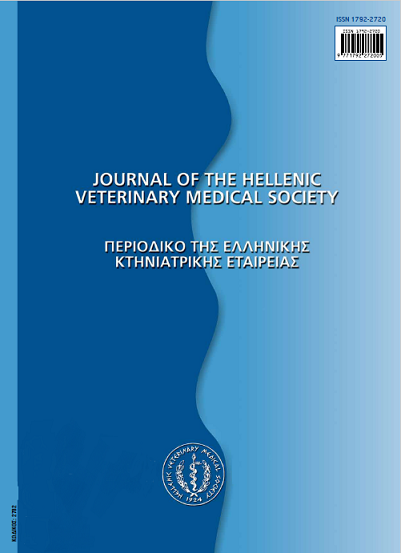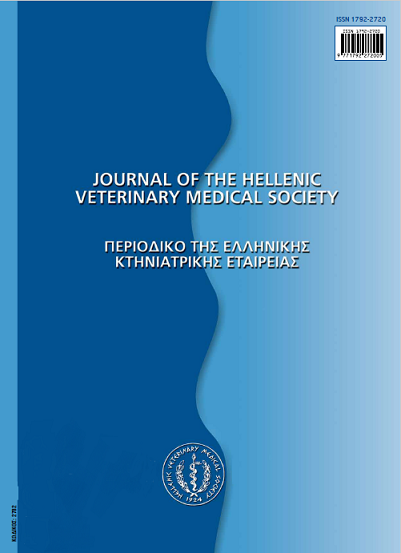The effect of superlevies, due to milk quota excess, on dairy farming profitability in Greece

Abstract
The effect of superlevies on dairy farming profitability was studied in a sample of 120 dairy farms of medium and large size, in Central Macedonia, Greece. The farms were classified in classes, according to the percentage of their milk production in excess of their quota. There were no differences among the classes in the characteristics of the farms. Profit, net family income and return of capital investment decreased by 47.1%, 24.6% and 19.3% respectively on farms with an average milk quota excess of 15.1%, while on those exceeding their quota by 39,5%, the decrease was 118.6%, 68.6% and 54.5% respectively. The farms of the latter class were operating at a loss. In order to cope with the problem two alternatives were examined: a) a decrease in the number of cows kept on farms in order to decrease milk production to the quota level and b) the purchase of quota in the current (high) market price combined with a short depreciation period in order to cover the excess production. The results showed that a decrease in the number of cows, without considering the expected increase in productivity, will increase profit and keep net family income at the previous levels on farms with an average previous quota excess of 15.1%, while the significant increase in profit on farms with a higher quota excess (39.5%) will improve net family income by almost 1 million drs. The study of the quota purchasing alternative showed that a small profit increase would result only on farms keeping high-producing cows, on farms with considerable size or on those with high on farm feedstuffs production. In both cases and independently of the alternative chosen, the need for: a) an increase in cow productivity and b) a better allocation of the production factors, was evident.
Article Details
- How to Cite
-
VALERGAKIS (Γ. Ε. ΒΑΛΕΡΓΑΚΗΣ) G. E. (2018). The effect of superlevies, due to milk quota excess, on dairy farming profitability in Greece. Journal of the Hellenic Veterinary Medical Society, 53(1), 62–67. https://doi.org/10.12681/jhvms.15360
- Issue
- Vol. 53 No. 1 (2002)
- Section
- Research Articles

This work is licensed under a Creative Commons Attribution-NonCommercial 4.0 International License.
Authors who publish with this journal agree to the following terms:
· Authors retain copyright and grant the journal right of first publication with the work simultaneously licensed under a Creative Commons Attribution Non-Commercial License that allows others to share the work with an acknowledgement of the work's authorship and initial publication in this journal.
· Authors are able to enter into separate, additional contractual arrangements for the non-exclusive distribution of the journal's published version of the work (e.g. post it to an institutional repository or publish it in a book), with an acknowledgement of its initial publication in this journal.
· Authors are permitted and encouraged to post their work online (preferably in institutional repositories or on their website) prior to and during the submission process, as it can lead to productive exchanges, as well as earlier and greater citation of published work.




